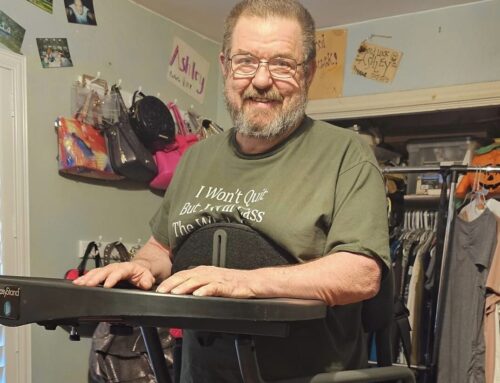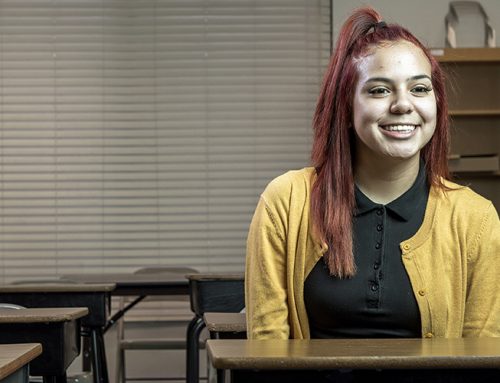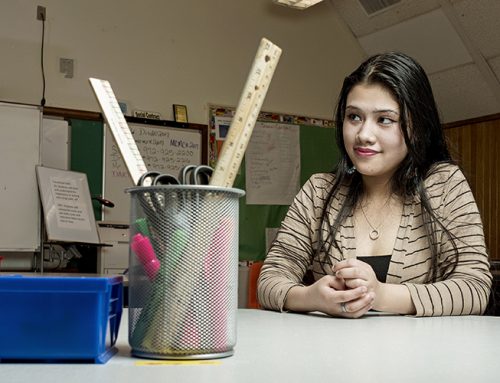In 1993, Realtor Harry Morgan sold his first Lakewood home for about $180,000.
“A $200,000 buyer in ’93 had a lot of choices,” in East Dallas, says Morgan, an Ellen Terry Realtors agent. “$199,000 was a nice asking price. I remember then, an experienced agent saying, ‘Once you get over $600,000 in Lakewood, you lose buyers to the Park Cities.’”
That’s not necessarily the case anymore. While 10 years ago a million-dollar home was an anomaly in our neighborhood, today it’s more common. In the past year, 14 East Dallas houses sold for $1 million or more, and as of late 2006, at least another 18 were on the market.
This relatively new trend is taking root mostly in Lakewood, Forest Hills, Swiss Avenue and along West Lawther. The numbers have grown steadily since 2000, when only two homes sold for more than $1 million. The years 2002, 2003 and 2004 each saw four houses selling for $1 million or more, and last year eight houses sold in this price category.
“[The numbers] alone should tell you something,” says David McGee, a residential real estate appraiser and neighborhood resident. “That has taken us several years to get to.”
And, according to some people, it’s about time.
Take John Whiteside, who moved to Dallas in 1983 to sell real estate. At the time, he was living in North Dallas and knew nothing about Lakewood. One evening he took his son driving through our neighborhood. They ended up on Tokalon, which he refers to as “Deep Lakewood.”
“My son, who was about 10 at the time, said ‘Look dad, real houses,’” says Whiteside, a Coldwell Banker Realtor.
After that drive, Whiteside decided to focus on selling homes here. In the mid-’80s, selling prices averaged around $200,000 on Lakewood Boulevard and Tokalon, Whiteside says, and he thought the historical homes were undervalued. So he hired a consultant to conduct a demographic study of Lakewood, and discovered that most people living in those homes were the original owners and in their 60s or older. This led Whiteside to believe that over the next couple of decades, the neighborhood would “flip over,” with higher home values surfacing as new families moved in.
Not long afterward, Whiteside made his first attempt at selling a Lakewood Boulevard home for more than $600,000. Other real estate agents thought he was crazy.
“No one thought I could do it,” Whiteside says.
But he says he did, and his prediction of escalating values appears to have been spot on. So far this year, seven houses on Lakewood Boulevard and Tokalon have sold for $1 million or more, and three more are still on the market. Whiteside believes that residential real estate prices will only climb.
A NEIGHBORHOOD THAT SELLS ITSELF
Ours isn’t the only neighborhood experiencing a boom. Many neighborhoods south of LBJ Freeway are becoming popular, says City Councilman Bill Blaydes, who serves on the council’s Economic Development and Housing Committee. Dallas residential property is such a hot commodity that by 2003, its Dallas Central Appraisal District assessment surpassed the city’s commercial property value — a rare occurrence for any city.
Yet our neighborhoods, in particular, seem to be leading the pack right now.
“We have everything Dallas boasts about,” Whiteside says.
According to people who follow the local real estate market, no one factor can be attributed to the increased housing values in our neighborhood.
Downtown Dallas has been attracting more businesses and employers. Gas prices are higher and highway construction projects, especially the one coming along LBJ Freeway, make a 45-minute or more commute unappealing to many people, Blaydes says.
“[Suburban homeowners are] starting to come back,” Blaydes says. “They had to drive too far. It’s too expensive to do that. If you work inside that circle (LBJ Freeway), you want to be inside that circle.”
Add to that the neighborhood’s rolling hills, big trees, historical homes and a proximity to area attractions such as White Rock Lake and the Dallas Arboretum, and you can start to see the appeal to homebuyers, especially those who grew up in suburbs.
City Councilman Gary Griffith, who represents a portion of our neighborhood, points out that there are also good public and private schools nearby, and he says East Dallas crime rates dropped 22 percent last year. If homebuyers feel safe and can educate their children in good schools, the neighborhood sells itself.
“It’s certainly paying off,” Griffith says.
Finally, Morgan says, our neighborhood’s real estate market benefits from a halo effect from the Park Cities and Preston Hollow, Morgan says, where asking prices can easily surpass $2 million or more.
“The inflation in those markets is pulling people over here,” Morgan says.
TEARDOWNS AND BEYOND
Where do teardowns fit in all this? Well, those same people who would come to East Dallas instead of Preston Hollow or the Park Cities don’t necessarily want to live in a less-than-3,000-square-foot house, and don’t want to wait for a Tokalon or Lakewood Boulevard house to go on the market. They’re also often looking for more amenities — media rooms, large bathrooms and kitchens, big garages, walk-in closets and up-to-date appliances — that older homes don’t offer.
Add to that the fact that teardown properties in our neighborhood can be had for substantially less than in Preston Hollow — where the land alone can now cost $600,000 to $800,000 — and you can start to see why new-home buyers are pouring into our neighborhood in bigger numbers.
Many of the new construction homes are priced in the $800,000 to $900,000 range — some already have sold for more than a million — and they will continue to increase in value, Morgan says. Which means simply that the number of million-dollar homes for sale in our neighborhood could continue to swell.
“We’re hearing, more and more, the Upper East Side,” says Sheryl Wesson, manager of the Ebby Halliday Realtors Lakewood office, of the comparison sometimes made between New York City’s residential hot spot and our neighborhood.
Yet Wesson says the market is becoming more balanced, with homes taking a little longer to sell than in the past several years when East Dallas was a sellers’ market. Then, houses often sold within a few weeks, and it wasn’t uncommon for sellers to entertain multiple offers. Many people heard about higher asking prices and the “hot” market, and tested the water by asking for a really high price.
Which all means that while million-dollar homes are now undeniably part of East Dallas’ landscape, dramatic annual price increases are probably not.
Though the real estate market is tough to predict, McGee says, “it may be changing as we speak.”
After all, he says: “How many people can afford a million-dollar house?”





